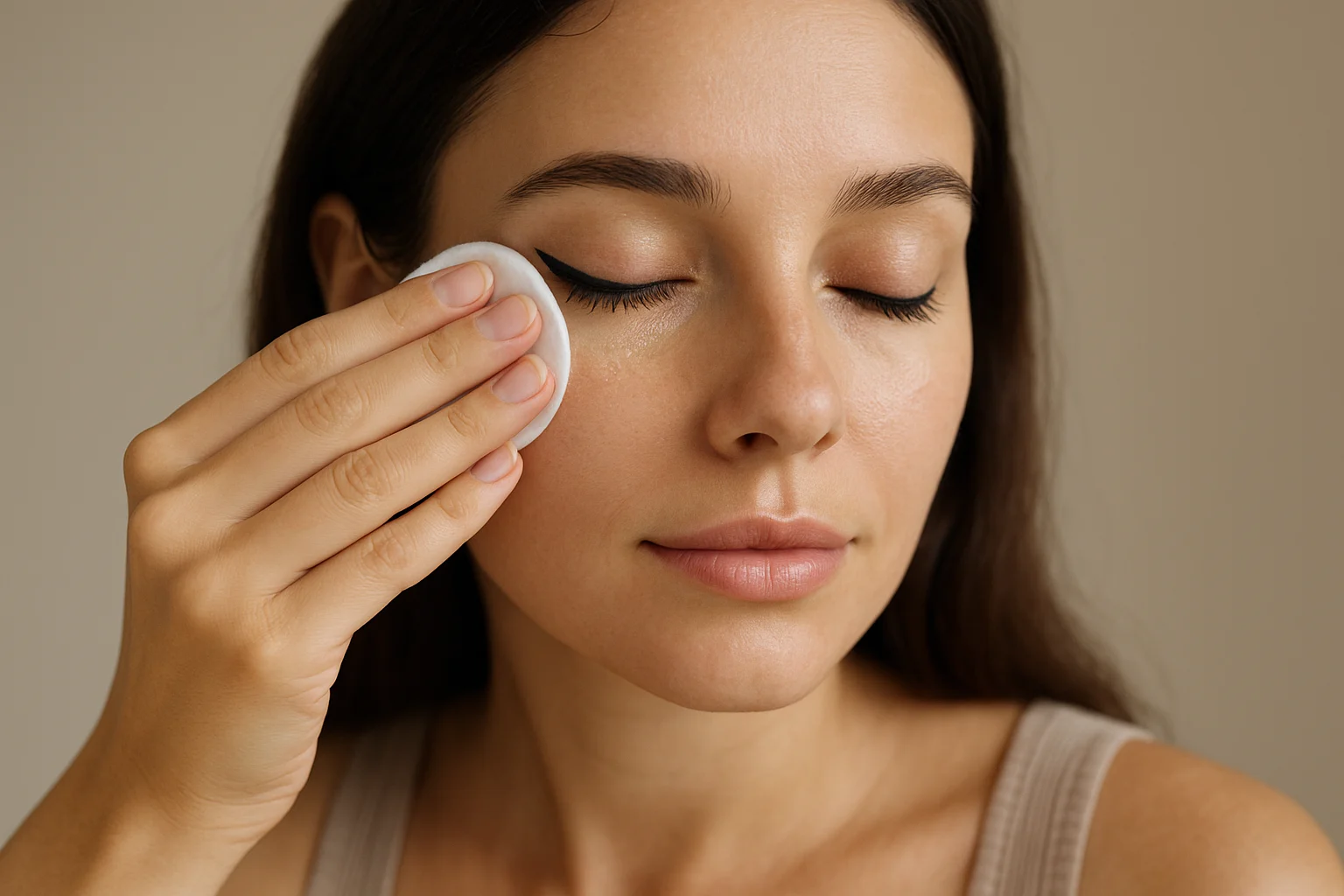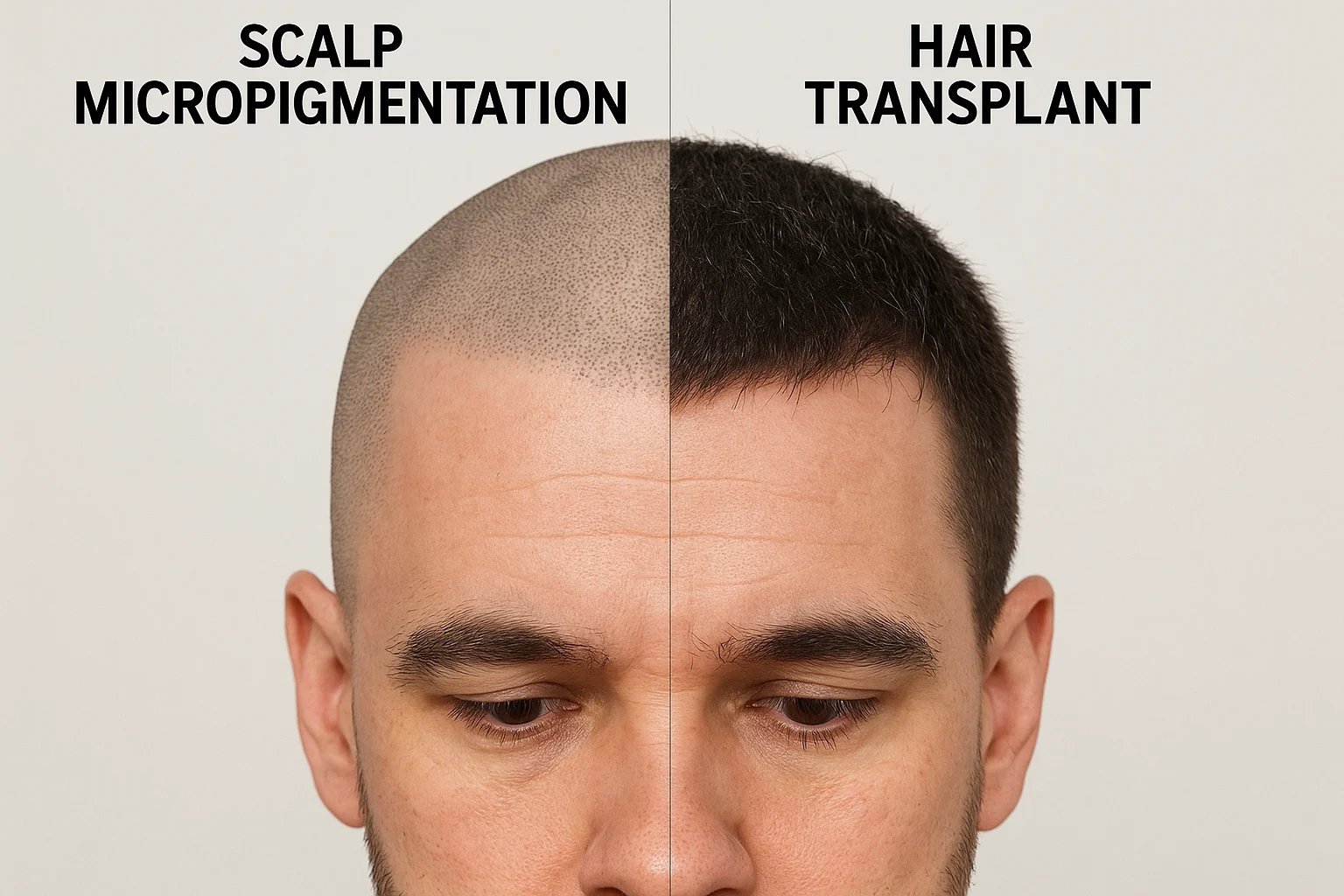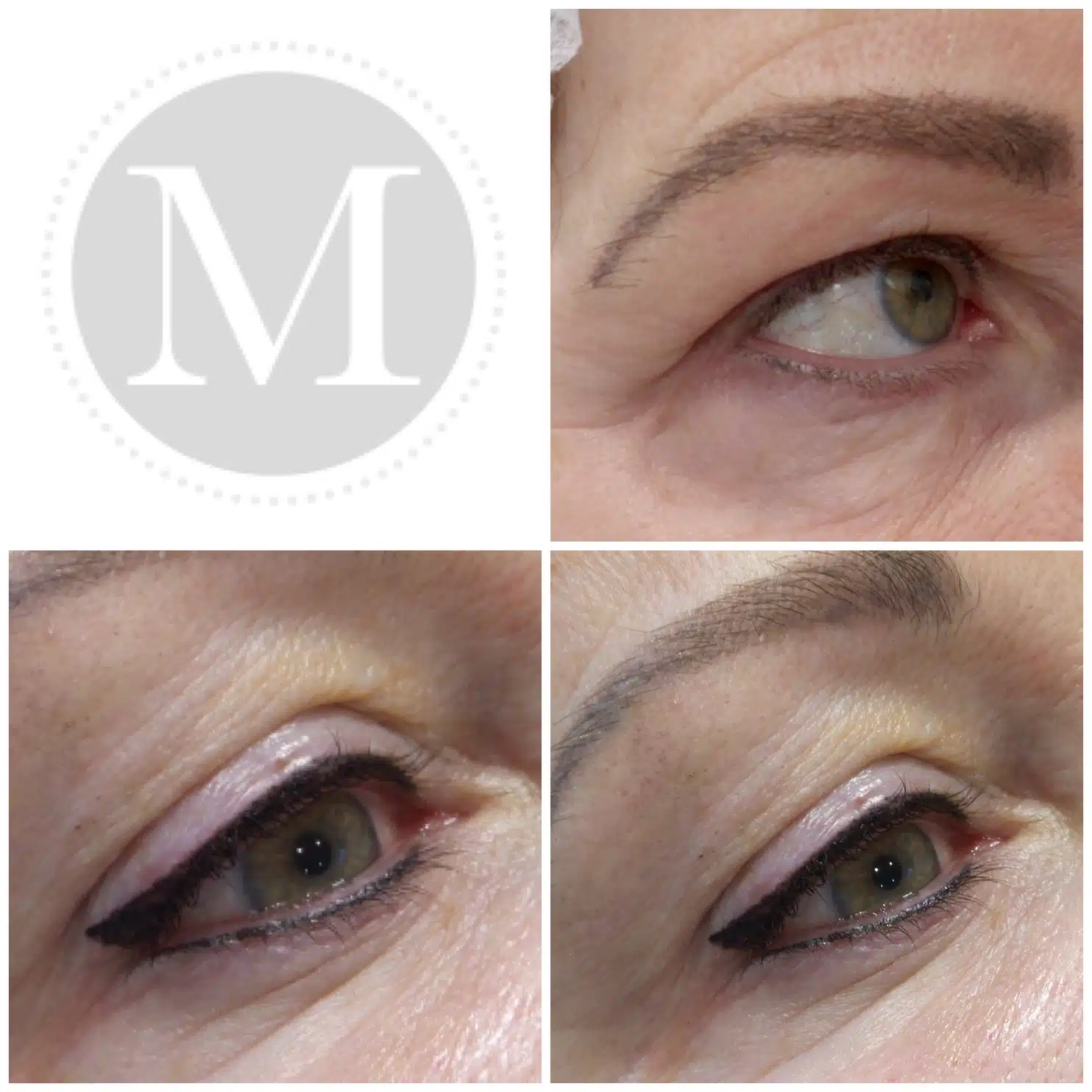
The Complete Guide to Permanent Makeup Aftercare
Expert aftercare guidance for permanent makeup procedures including eyebrows, lips, and eyeliner. Learn the essential steps for optimal healing and long-lasting results.
The Complete Guide to Permanent Makeup Aftercare
Proper permanent makeup aftercare is the cornerstone of achieving beautiful, long-lasting results from your cosmetic tattooing procedure. Whether you've had eyebrows, lips, or eyeliner enhanced, following the correct aftercare protocol ensures optimal healing, colour retention, and overall satisfaction with your permanent makeup investment.
As Manchester's leading permanent makeup specialists, we understand that the aftercare phase can feel overwhelming for clients across the northwest. This comprehensive guide addresses the most common concerns and provides evidence-based aftercare instructions to help you achieve the best possible results from your permanent makeup procedure.
Table of Contents
- Understanding the Permanent Makeup Healing Process
- Essential Aftercare Instructions
- The First 24-48 Hours: Critical Care Period
- Days 3-10: The Scabbing Phase
- Days 10-28: Colour Development
- Area-Specific Aftercare Guidance
- Common Concerns and Troubleshooting
- Long-Term Maintenance and Care
Understanding the Permanent Makeup Healing Process
The healing process for permanent makeup is a carefully orchestrated biological response that typically takes 4-6 weeks to complete. During this time, your skin undergoes several distinct phases of recovery, each requiring specific care and attention.
Initial Healing Phase (Days 1-3)
Immediately following your procedure, the treated area will appear significantly darker than the final result—often 70% darker for eyebrows and similarly intense for other areas. This dramatic appearance is completely normal and occurs because the pigment sits on top of the skin initially, combined with natural swelling and the body's inflammatory response.
Scabbing and Flaking Phase (Days 4-10)
Around day 4-5, you'll notice the formation of small scabs or flakes. This is your body's natural protection mechanism and a crucial part of the healing process. Never pick, scratch, or rub these scabs, as doing so can result in pigment loss, uneven healing, and potential scarring.
Colour Settling Phase (Days 10-28)
During this period, the colour may appear patchy or seem to have "disappeared" entirely. This phenomenon, often called the "ghost stage," is completely normal and temporary. The pigment is settling into the deeper layers of skin, and the true colour will gradually emerge.
Final Results Phase (Days 28-42)
By 4-6 weeks post-procedure, your permanent makeup will have reached its final appearance. This is when you'll attend your complimentary touch-up appointment to address any areas that may need additional pigment or refinement.
Essential Aftercare Instructions for Optimal Results
Following proper aftercare protocols is crucial for achieving the best possible results from your permanent makeup procedure. Research indicates that proper aftercare accounts for 80% of permanent makeup success, making it more important than the initial procedure itself.
The First 24-48 Hours: Critical Care Period
Immediate Post-Procedure Care
- Gently blot the treated area every 1-2 hours with a clean, dry tissue to absorb lymphatic fluid
- Apply a thin layer of the provided healing balm using a cotton swab, never your fingers
- Keep the area completely dry and avoid any water contact
Managing Initial Symptoms
Mild swelling, redness, and tenderness are normal during the first 48 hours. For eyeliner procedures, expect more pronounced swelling that may cause eyelashes to stick together temporarily. Lip procedures may experience significant swelling, making drinking through a straw advisable for the first few days.
Days 3-10: The Scabbing Phase
This phase requires the most discipline and patience. Resist the urge to pick or scratch, even if the area becomes itchy. Instead, gently pat the area with a clean tissue or apply a cold compress to alleviate discomfort.
Key Guidelines:
- Continue gentle cleansing twice daily with cotton pads and clean water
- Apply healing balm sparingly—over-application can suffocate the skin and delay healing
- Avoid all forms of exercise, sweating, and activities that raise your heart rate
- Stay away from saunas, steam rooms, swimming pools, and hot tubs
Days 10-28: Color Development and Settling
During this phase, avoid direct sun exposure and always wear SPF 30 or higher when outdoors. The pigment is still settling, and UV exposure can cause premature fading or colour distortion.
Ongoing Care Requirements:
- Continue protecting the area from moisture and harsh chemicals
- Avoid using skincare products containing glycolic acid, retinoids, or other active ingredients on the treated area
- Refrain from cosmetic treatments such as facials, chemical peels, or laser procedures for at least 4 weeks
Area-Specific Aftercare Guidance
Eyebrow Aftercare
Microblading and powder brows require particular attention during the healing process. The eyebrow area is prone to oil production, which can affect pigment retention. For clients in Manchester's often damp climate, extra care should be taken to protect the brows from moisture.
Specific Instructions:
- Avoid getting the brows wet for the first 7-10 days
- Use a gentle, antibacterial soap for cleansing after day 3
- Apply healing balm no more than rice-grain size for both brows combined
- Avoid makeup application on the brows for at least 10 days
Lip Aftercare
Lip procedures present unique challenges due to the area's constant exposure to saliva, food, and beverages. The lips also have a different healing pattern compared to other facial areas, typically taking longer to heal completely.
Essential Lip Care:
- Apply healing balm immediately after the procedure and throughout the day
- Avoid spicy, salty, or acidic foods for the first 72 hours
- Use a straw for drinking during the first week
- For those with a history of cold sores, antiviral medication may be recommended starting 3-4 days before the procedure
Eyeliner Aftercare
Permanent eyeliner requires careful attention to avoid complications such as eye infections or damage to the delicate eye area.
Specialised Care:
- Use a cold compress to reduce swelling, avoiding direct ice contact
- Sleep with your head elevated for the first few nights
- Avoid mascara and eye makeup for at least 10 days
- New mascara should be used after the healing period to prevent bacterial contamination
Common Concerns and Troubleshooting
"My Permanent Makeup Looks Too Dark!"
This is the most frequently asked question among permanent makeup clients. The intense initial appearance is completely normal and expected. The colour will fade by 40-60% during the first healing period as the excess pigment on the skin's surface naturally exfoliates.
"The Colour Has Completely Disappeared!"
The "ghost stage" typically occurs around days 7-14 when the colour appears very light or seems to have vanished entirely. This happens because new skin cells form over the pigment, creating a temporary whitish appearance. The pigment will gradually resurface as healing progresses.
"My Permanent Makeup Looks Patchy!"
Patchy appearance during healing is completely normal and expected. The skin doesn't heal uniformly, and some areas may appear lighter than others. This is precisely why touch-up appointments are included in your treatment package.
Recognising Complications
While serious complications are rare when proper aftercare is followed, it's important to recognise signs that require immediate attention:
Seek Medical Attention If You Experience:
- Severe redness, swelling, or tenderness that worsens after 48 hours
- Purulent (pus-filled) discharge with foul odour
- Red streaking extending from the treated area
- Elevated body temperature or fever
- Severe allergic reactions such as widespread rash or difficulty breathing
The Growing Demand for Professional Permanent Makeup
The permanent makeup industry has experienced remarkable growth, with the global market projected to reach £221 million by 2032. In the UK alone, the aesthetics industry is valued at £3.2 billion, with 892,000 aesthetic procedures performed in 2024.
This growth is driven by increasing consumer awareness of the benefits of permanent makeup, particularly among busy professionals in cities like Manchester who value the time-saving aspects of the procedure. Client satisfaction rates for permanent makeup consistently exceed 95%, with many clients reporting significant improvements in their quality of life and self-confidence.
Long-Term Maintenance and Care
Once your permanent makeup has fully healed, ongoing maintenance is essential for preserving your results. Annual colour refresh treatments are recommended to maintain vibrancy and definition, though some clients may need touch-ups sooner depending on their skin type, lifestyle, and sun exposure.
Long-Term Care Guidelines:
- Always use broad-spectrum SPF 30+ sunscreen on treated areas
- Avoid aggressive exfoliation or chemical peels on the permanent makeup area
- Inform medical professionals about your permanent makeup before MRI scans
- Consider removal or correction services if you're unsatisfied with previous work from other providers
Professional Removal and Correction Services
For clients who have had unsatisfactory permanent makeup performed elsewhere, professional correction services are available. These advanced treatments can safely and effectively address poorly executed permanent makeup, allowing for fresh, beautiful results.
Conclusion
Proper permanent makeup aftercare is an investment in your long-term satisfaction and the longevity of your results. By following these evidence-based guidelines and maintaining open communication with your permanent makeup artist, you can ensure optimal healing and beautiful, natural-looking results that enhance your confidence for years to come.
Remember, the aftercare phase is temporary, but the results are designed to last. Manchester clients consistently report high satisfaction when they commit to following proper aftercare protocols, making the initial investment in time and careful attention well worth the long-term benefits.
For additional guidance or concerns about your permanent makeup aftercare, don't hesitate to contact our Manchester clinic. Our experienced team is here to support you throughout your healing journey and ensure you achieve the beautiful, natural-looking results you deserve.
Ready to enhance your natural beauty with professional permanent makeup? Book your consultation today and discover how our expert team can help you achieve stunning, long-lasting results with proper care and guidance.

